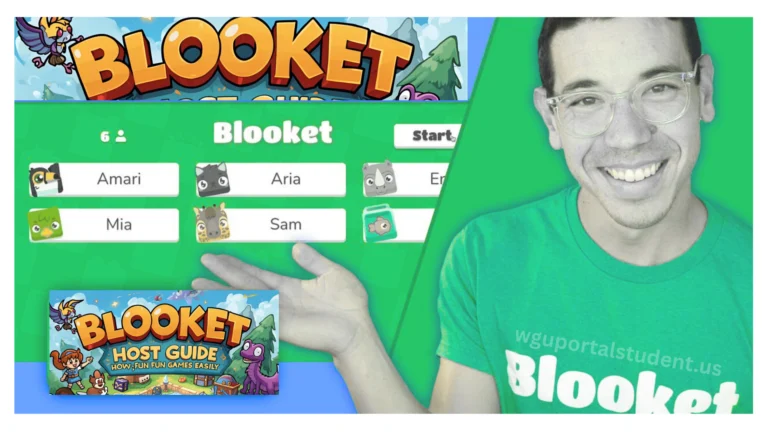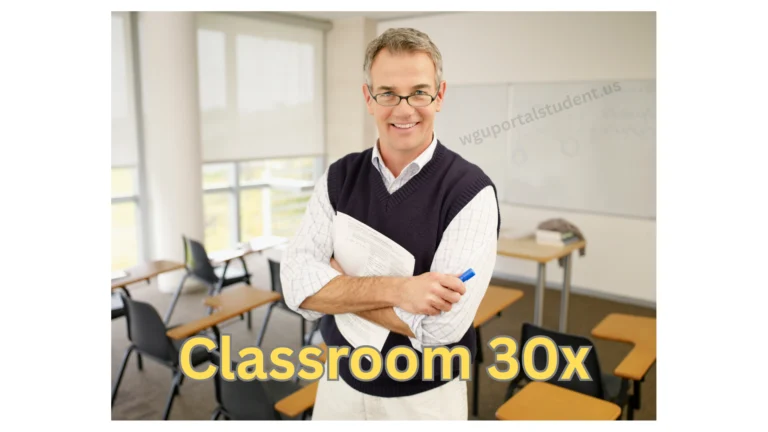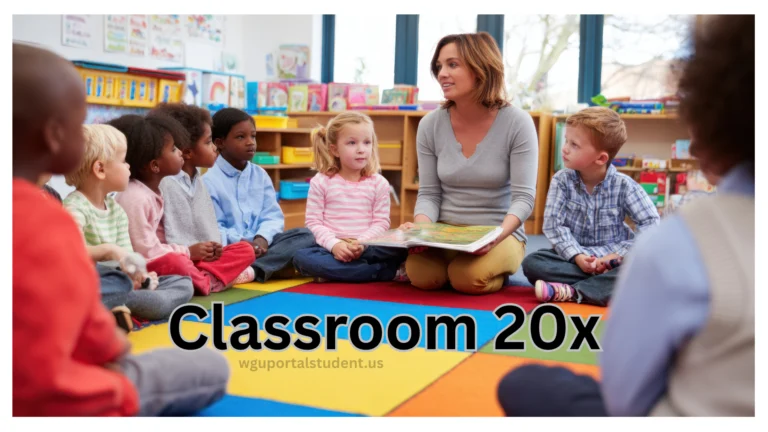Sharpen Your Mind with These 15 Critical Thinking Exercises
What Is Critical Thinking?
Critical thinking is the ability to think clearly and rationally, understanding how ideas connect and evaluating information objectively. It is not about knowing more facts. It is about thinking more deeply about what those facts mean.
In a world full of information, critical thinking helps us separate truth from noise. Whether you are a student solving a complex problem, a teacher guiding discussion, or a professional making strategic decisions, these skills are essential for clear judgment and sound reasoning.

Why Critical Thinking Skills Matter:
Critical thinking shapes how we learn, work, and make decisions. People who think critically:
Employers, educators, and leaders all agree that critical thinking is one of the most valuable skills in any field. It fosters creativity, collaboration, and confidence, which are the pillars of lifelong learning and success.
Best Critical Thinking Exercises for Students and Adults
Below are fifteen of the most effective critical thinking exercises. Each one strengthens reasoning, curiosity, and reflection in a different way. You can try them individually or in groups.
1. The “What If?” Scenario Game:
This classic exercise asks “What if” to encourage creative reasoning.
Example: What if gravity suddenly stopped working for one hour? What would happen to transportation, homes, or people?
By imagining consequences and explaining your reasoning, you train your brain to anticipate cause and effect.
2. Reverse Thinking:
Instead of asking how to achieve success, ask how to guarantee failure, and then do the opposite.
Example: How could we make customer service terrible?
This technique flips perspective, revealing hidden assumptions and improving problem-solving in unexpected ways.
3. The Socratic Questioning Method:
Named after the ancient philosopher Socrates, this exercise uses questions to challenge assumptions.
Ask:
- Why do I believe this?
- What evidence supports it?
- Could the opposite be true?
This technique helps students and professionals analyze reasoning more deeply and uncover logical gaps.
4. Fact or Opinion Sorting:
Take a set of statements and decide which are facts and which are opinions.
Example: Climate change is caused by human activity (fact). Solar power is the best solution (opinion).
It trains your brain to identify bias and strengthen objective thinking, an essential skill in today’s media-heavy world.
5. Group Debate Challenges:
Choose a topic and divide participants into two sides. Each must research and argue a position, even if they disagree with it personally.
This encourages empathy, deep analysis, and communication skills. It forces you to think beyond emotional bias.
6. The “Five Whys” Technique:
Start with a statement or problem and ask “Why” five times.
Example:
Why did sales drop? → Because customer interest fell.
Why did interest fall? → Because competitors offered better pricing.
Continue until you reach the root cause. This method promotes structured reasoning and practical problem-solving.
7. Mind Mapping Ideas:
Draw a central idea, then branch out with related topics and connections.
Mind maps visually organize thoughts and uncover relationships between ideas. They make it easier to understand complex subjects or plan essays and projects. To strengthen your logical and language reasoning, explore tools like WordHippo 5 Letter Words they help expand vocabulary, enhance focus, and boost critical thinking through fun word challenges.
8. Everyday Observation Exercise:
Pick a routine activity, like making coffee, and analyze it.
Ask: What steps do I take automatically? Why do I do them in that order? Could there be a better way?
This boosts awareness, attention to detail, and analytical thinking in daily life.
9. Case Study Analysis:
Choose a real or hypothetical situation, then identify key problems, possible solutions, and outcomes.
Businesses, universities, and even medical programs use case studies to build decision-making confidence through structured analysis.
10. Critical Media Analysis:
Select an article, video, or social media post and evaluate its credibility.
Ask: Who created this? What is their goal? What is missing?
This develops skepticism, an essential trait for discerning truth in digital information.
11. The Perspective Switch:
Take an issue and look at it from another person’s point of view.
For instance, how might a teacher, student, or parent see a school policy differently?
This exercise improves empathy, fairness, and emotional intelligence, all parts of well-rounded critical thinking.
12. Predict the Outcome:
When reading an article, watching a film, or studying history, pause midway and predict what happens next and why.
This strengthens logical projection and inference, skills vital for academic and professional success.
13. The Pros and Cons Grid:
List advantages and disadvantages of a decision or action.
It is simple but powerful. Seeing both sides visually prevents emotional bias and supports rational judgment.
14. The Devil’s Advocate Challenge:
Argue against your own opinion.
If you believe remote work improves productivity, try arguing why it might harm teamwork.
This deepens understanding and refines your reasoning by challenging your own perspective.
15. The Reflection Journal:
Write for five minutes each day about a decision you made, big or small, and evaluate it.
What went well? What did not? What could you improve next time?
Journaling sharpens self-awareness and metacognition, turning daily experiences into powerful learning tools.
How to Use These Exercises in Class or Work
In classrooms: Use as warm-ups, group activities, or essay topics.
In workplaces: Apply during brainstorming sessions or training programs.
Individually: Practice one exercise daily to develop mental flexibility.
Blending critical thinking with creativity and open discussion creates a culture of curiosity in school, the office, and personal life.
Tips to Improve Critical Thinking Daily
Ask better questions. Do not settle for “what.” Explore “why” and “how.”
Challenge assumptions. Recognize when a belief lacks evidence.
Reflect regularly. Journaling or self-assessment improves awareness.
Seek diverse opinions. Engage with people who disagree with you.
Read broadly. Literature, science, and philosophy expand how you see the world.
Small, consistent practice is more powerful than occasional effort. The key is to stay curious and question what seems obvious.
Final Thoughts
Critical thinking is not a subject you master once. It is a lifelong habit. These exercises help you think clearly, question confidently, and decide wisely in an age where information is endless but truth is rare.
Whether you are a student analyzing data, a teacher fostering curiosity, or a professional leading a team, sharpening your mind through critical thinking builds clarity, confidence, and purpose.
FAQs
- What are critical thinking exercises?
They are activities designed to strengthen logical reasoning, analysis, and decision-making. They are useful for both academic and professional growth. - How often should I practice these exercises?
Try one or two daily. Consistency is more effective than long, infrequent sessions. - Can critical thinking be taught?
Yes. It improves through guided questioning, discussion, and reflection. - Are these exercises suitable for kids or teens?
Absolutely. With simple examples, even young learners can start developing analytical thinking. - What is the biggest benefit of critical thinking?
It helps you see the world objectively, make smarter decisions, and communicate more effectively.






